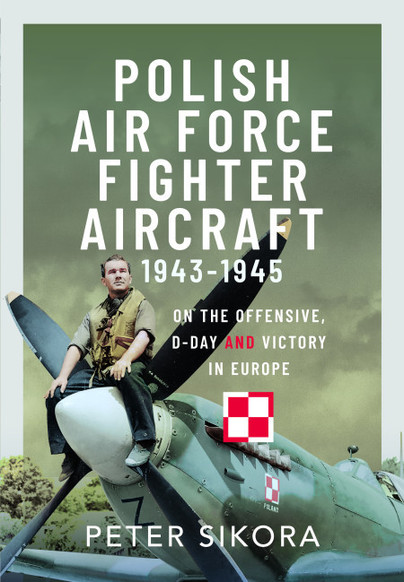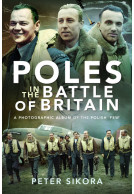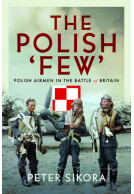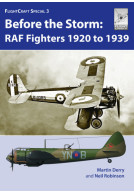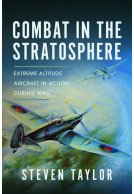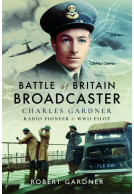Polish Air Force Fighter Aircraft, 1943-1945 (Hardback)
On the Offensive, D-Day and Victory in Europe
Imprint: Air World
Pages: 264
Illustrations: 250 mono illustrations
ISBN: 9781399032896
Published: 9th July 2024
(click here for international delivery rates)
Need a currency converter? Check XE.com for live rates
| Other formats available - Buy the Hardback and get the eBook for £1.99! | Price |
|---|---|
| Polish Air Force Fighter Aircraft,… ePub (95.8 MB) Add to Basket | £6.99 |
From the first combat over Poland in 1939, until Bomber Command’s assault on Hitler’s alpine retreat at Berchtesgaden in April 1945, when the red and white marked Mustangs escorted the bombers on their way to the target, there was no major RAF aerial operation undertaken in Europe without the involvement of Polish fighter squadrons and pilots.
As well as mounting offensive sorties from the UK, Polish fighter squadrons fought in North Africa in 1943, where they added to their already formidable reputation. Some Polish airmen were even posted to the US Air Force, again proving themselves in battle.
Polish fighter pilots operated over the Normandy beaches in support of the D-Day landings in June 1944. Some of the Polish squadrons were then deployed across the Channel to France, from where they undertook dangerous dive-bombing missions, while their colleagues in Britain chased the much-feared V1 flying bombs.
The last Polish claims were made in April 1945, when a number of the Luftwaffe’s technically-advanced Messerschmitt Me 262 jets were destroyed in a dog fight by Nos. 306 and 309 Polish squadrons. These victories marked the end of the journey that started almost six years earlier.
After claiming a total of 748 enemy aircraft destroyed under British and American command, Polish fighter pilots gained a reputation for being loyal and fearsome warriors, who sacrificed nearly 550 of their own men, killed in action, wounded, missing, or captured, while fighting for the freedom that their countrymen would not enjoy for many decades.
Polish fighter pilots fought in the skies from the very first day of the war until its last. As well as seeing action in Western Europe, they fought in Italy, North Africa and in Asia. The last PAF airman was killed in action on 4 May 1945. He was a fighter pilot of No. 317 (City of Wilno) Squadron. While his Spitfire was going down, not only Wilno, but the rest of Poland, was being absorbed into the Soviet Union. He died for a cause that was already lost. Nevertheless, the achievements of the Polish squadrons, man for man, rank amongst the highest of the Allied nations.
“Sikora should be congratulated on compiling such a vast collection of photographs, which required tremendous work.”
The Journal of the Air Force Historical Foundation - Spring 2025
"...this book was a very pleasant surprise. This useful reference was nevertheless a joy to see."
Flypast - October 2024
This book was a real and very pleasant surprise. Rather than any form of text it is a collection of images of Polish fighters in the last two years of WW2. Turning each page is a real delight as the images, some of which will be familiar, but most will not, are accompanied with extended and highly informative captions. Helpfully, rather than intermingle the images in chronological sequence the author has divided the subject by theatre – that is western Europe and the Mediterranean before covering each unit individually. This works really well allowing the reader to see the progressive development of the unit as well as helping the book as a reference. Three smaller additional sections cover Polish pilots serving with RAF and USAAF units and also one dealing specifically with ‘aces’ and senior officers. Whist the reproduction of some images is very dark, thus may be due to the quality of the originals. This was a joy to see and a very useful reference.
Andrew Thomas - Author and Historian
About Peter Sikora
PETER SIKORA is an aviation researcher, historian and writer who specialises in the history of the Polish Air Force between 1918 and 1946, with a particular interest in the achievements of the Polish airmen during Second World War. Peter has already had a number of books published in Poland, including Aces of the Polish Air Force, Battles of the Polish Air Force 1918-1945 and Polish Wings Over Ireland. He also writes historical articles for the leading Polish aviation magazines.







